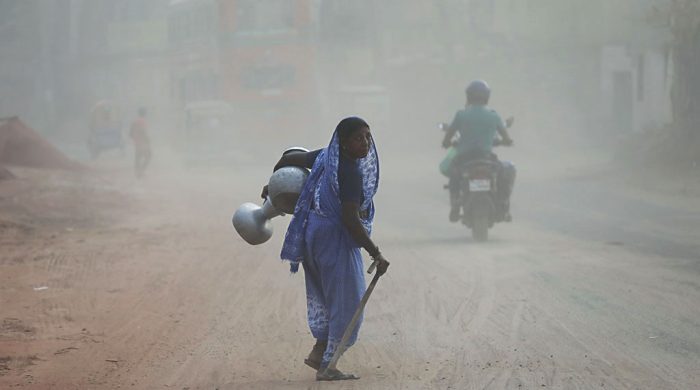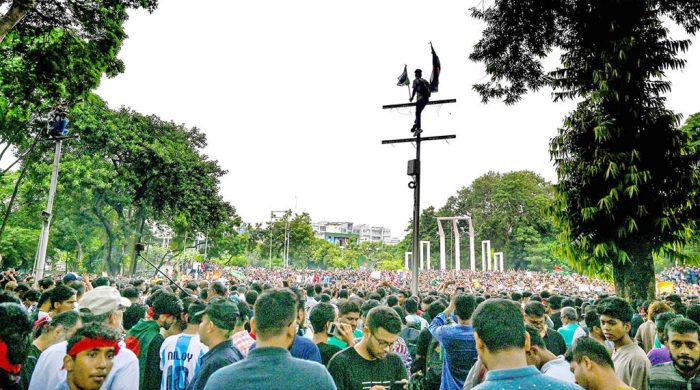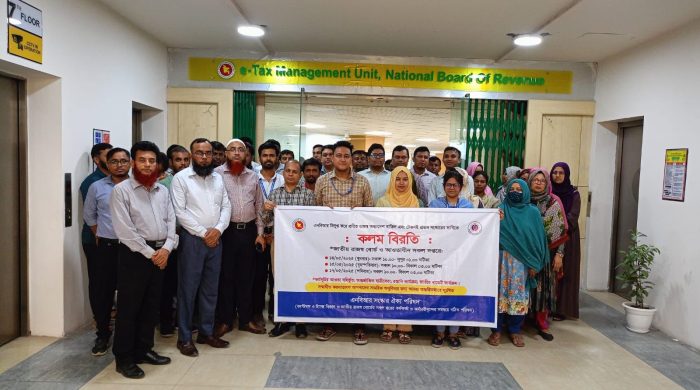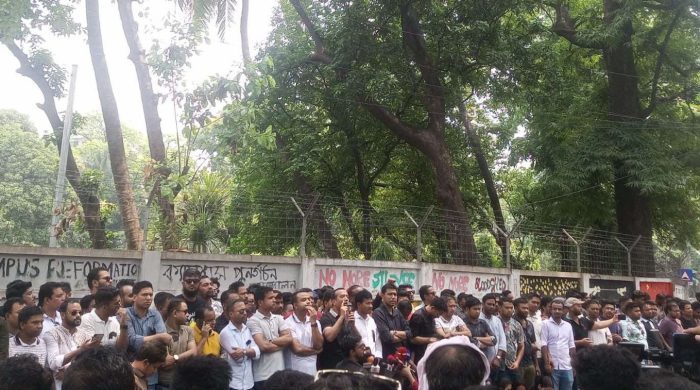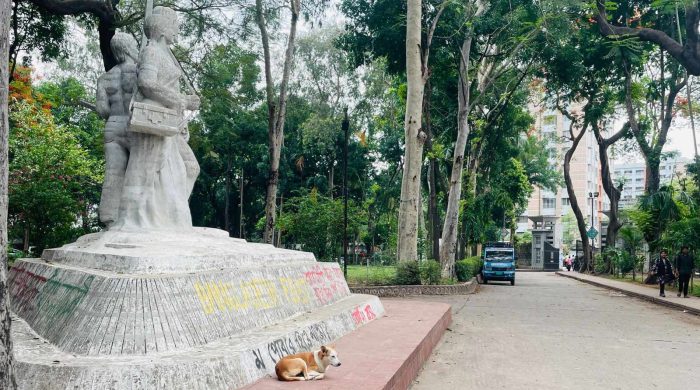Rural schools in Bangladesh

- Update Time : Saturday, October 5, 2024
- 28 Time View
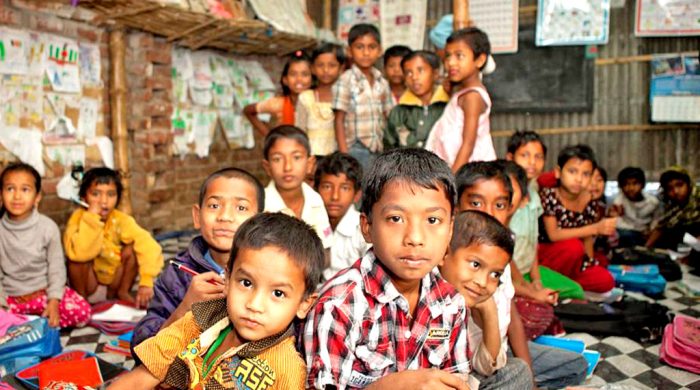
I love visiting schools and seeing children learn, play and engage with one another. I developed this fascination for schools only after finishing my own schooling in rural Bangladesh. In my early life, I didn’t think much about schools. I was probably too immature to engage in such reflection.
My first opportunity to visit schools came when I was doing my PhD during the first decade of this century. My research sought to understand rural Bangladeshi students’ lived experiences of learning English. As I used sociological and ecological theories of English and learning, I tried to make connections between schools, families and communities.
My research took me to schools in a rural sub-district in northern Bangladesh. As a researcher, I was moved by the struggles, frustrations as well as ambitions of young people who tried to make sense of English and schooling under difficult circumstances. While interviewing students in their homes, I asked them about their English learning experiences. I found out that some students were more concerned about their next meal than English or education. They couldn’t take three meals a day for granted.
My fieldwork experience is still alive in me as an educator. The struggles of the students, their parents and teachers keep inspiring me in my thinking and research. But not all my memories are necessarily depressing. Seeing uniformed students — boys and girls — walking to school or returning home after school along rural roads is one of the best spectacles for me. I will also never forget the hospitality that parents and teachers showed me during my visits to homes and schools. Rural people may not be familiar with research, but they are willing to talk and share their views and lived experiences.
My experience told me that there was a clear disconnect between schools and the surrounding communities. Rural parents had limited access to schools; schools also had limited opportunities or strategies to make parents and communities part of schools. Teachers taught the official curriculum and textbooks provided by the government which did not necessarily cater to local needs and realities.
For the past three years, I have been working on a larger, international research project which has given me opportunities to visit schools in Australia, Singapore, Britain as well as in Bangladesh. Every school that I visit in the first three countries reminds me of my own school in rural Bangladesh and those where I conducted my PhD research. Comparing schools and school practices across societies is not the aim of our research but comparison is probably unavoidable at a personal level.
One of the things that I have learned from schools in Australia, England and Singapore is their utilisation of non-pedagogical spaces for students’ learning and socialisation. The four walls of every classroom and every accessible wall of the school building are fully decorated with artworks, maps, images, students’ writings and many other textual, visual and multimodal resources. These rich artefacts are about teaching and learning, character and citizenship, and nations, national identities and histories. I can’t remember even a single school that looked bare or without such pedagogical and aesthetic ingredients.
Students’ art and creative works made of paper, wood, cardboard, clay and other mundane objects constitute the major share of these resources. These works create a sense of belonging for students to their schools. The display of these works is a constant reminder to them that schools are places where their works of imagination and creativity are valued. Naturally, students feel motivated to create works of art, design and technology which are then displayed on school and classroom walls.
Open spaces in schools are the best sites for communicating national, religious, spiritual, cultural and moral values and ideals to students. In these countries it’s hard to find a school which does not have their vision and mission and a set of core values and principles. Each school is unique in its governing principles and values which give it a distinct identity. All schools may follow the same curriculum, but each is different because of its distinct philosophy of schooling, character development and citizenship.
In our most recent visit to Singapore, I was amazed by the density of such resources both inside and outside classrooms in one school. The main school building had seven floors, and each floor was utilised for communicating one set of values of this faith-based school. What was more fascinating is that even the interior of the lift was decorated with artworks containing school values.
In Bangladesh, with a few exceptions of private and metropolitan schools, learning usually happens only in the classroom through textbooks and teaching and learning activities. Non-pedagogical spaces that are utilised in other countries are hardly ever exploited for learning and socialisation in our country.
Schools in general and those in rural areas in particular can be made more attractive for students in Bangladesh. Decorating school and classroom walls and other open spaces can be a way of creating an aesthetic appeal. School communities need to understand that teaching and learning in school also happens in ways other than by formal pedagogical activities.
There will be questions of funding and resources for school decoration which can be mobilised from with the communities. Instead of buying commercial products, preference can be given to students’ artworks. Each class of students can be invited to decorate their own classroom using their own ideas and creativity.
School leaders and teachers in rural schools also need to have a different orientation. They need to convince themselves that they work for students, parents and local communities. Their accountability in the first place is locally bound. Before they can teach, children need to be brought to school and kept engaged the whole school hours. Designing schools and decorating them with their creative imagination can be a great way of achieving pedagogical and socialising goals.
Education systems are also increasingly utilising virtual learning spaces for teaching purposes. For example, every student in Singapore schools has access to an AI-supported virtual platform called Student Learning Space. Teachers and students use this platform for learning during school hours; more often, students use it at home before or after school. We hope that Bangladeshi schools will also introduce online platforms in the coming years as technology becomes more common in schools and society. We can harness the affordances of technology even though it may not solve all our problems.
Obaidul Hamid is an associate professor at the University of Queensland in Australia. He researches language, education and society in the developing world.






